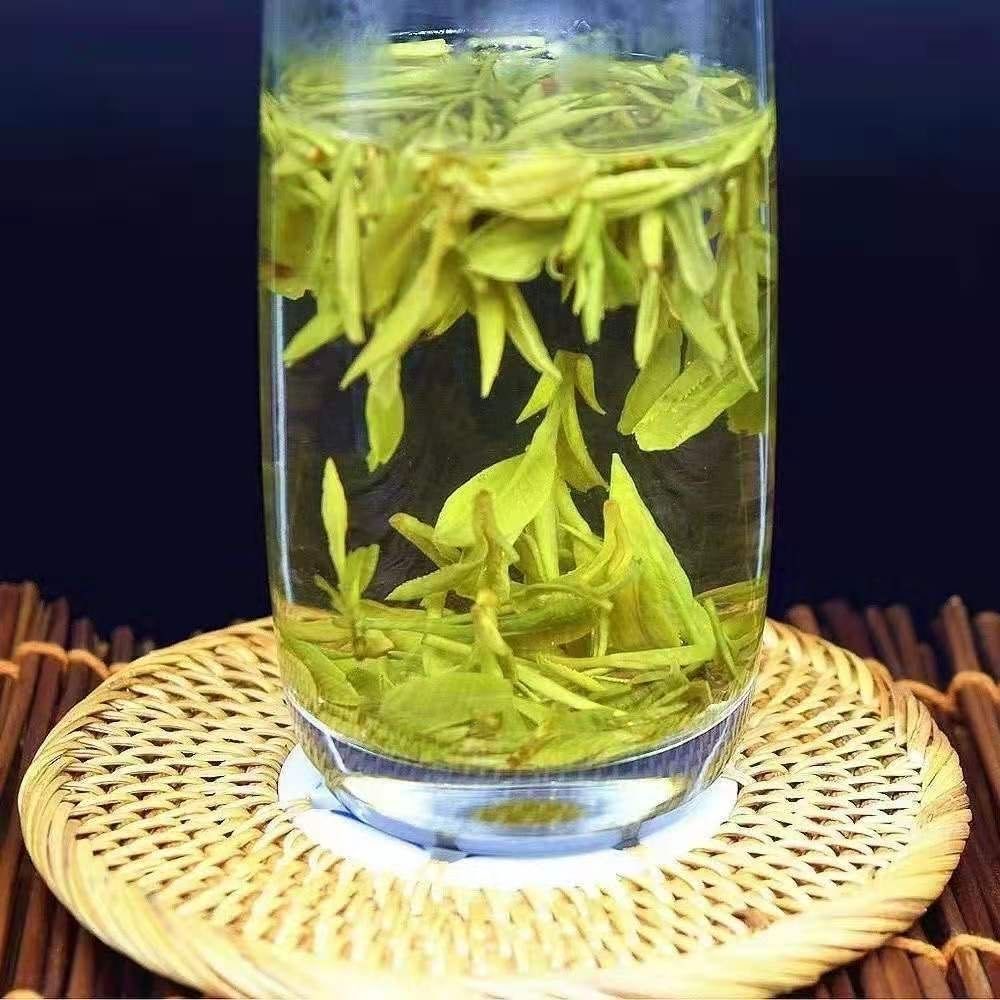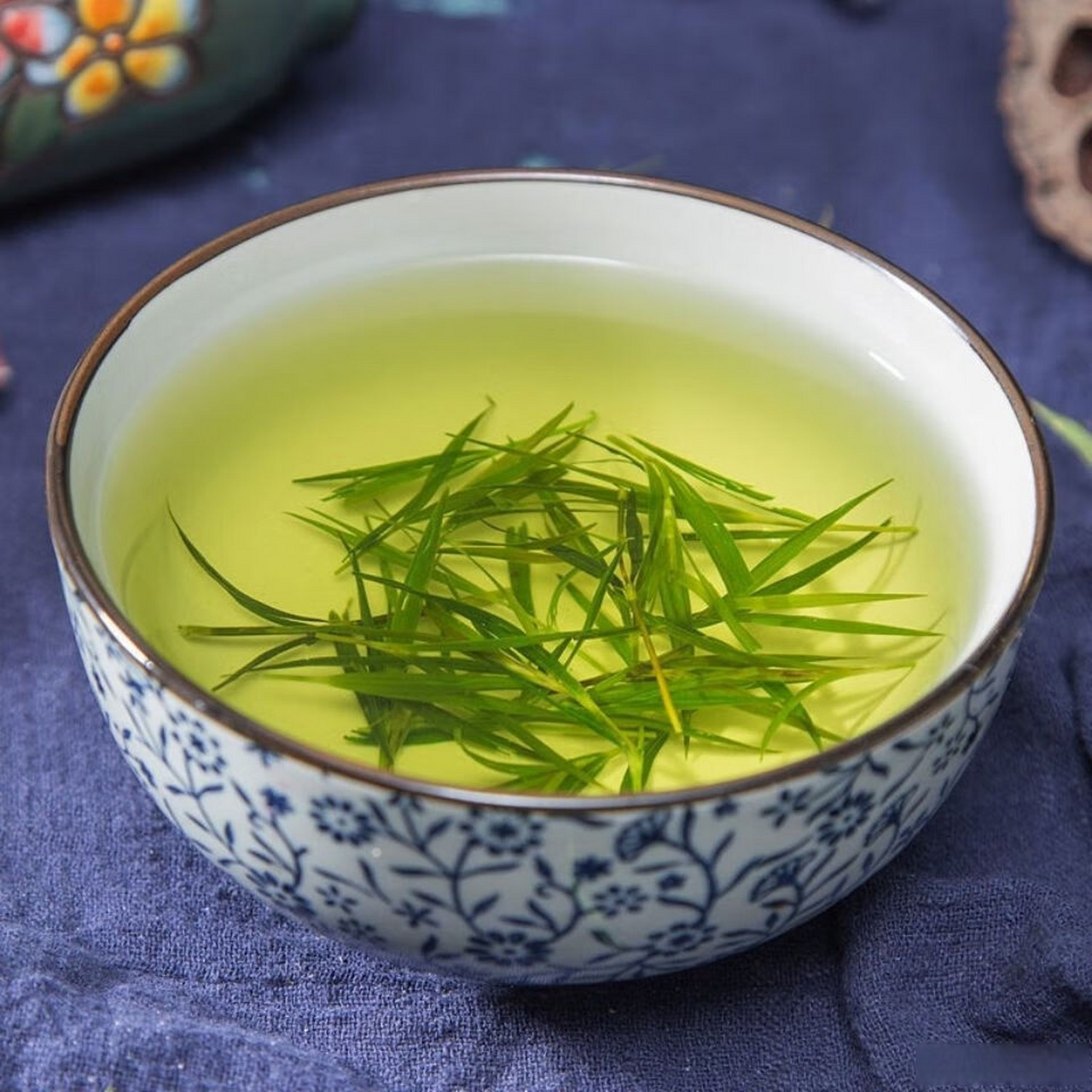How to easily distinguish spring green tea
Spring green tea is a special product that is highly valued among lovers of this drink. Its taste, aroma and color differ from tea collected at other times of the year. Due to its high quality and price, it is very popular, so some unscrupulous sellers may pass off summer or autumn tea as it. But how can you tell the real spring tea? We will try to answer this question in this article.
Spring green tea is a special product that is highly valued among lovers of this drink. Its taste, aroma and color differ from tea collected at other times of the year. Due to its high quality and price, it is very popular, so some unscrupulous sellers may pass off summer or autumn tea as it. But how can you tell the real spring tea? We will try to answer this question in this article.
Usually two methods are used: "smell" and "observation". Unfortunately, it is almost impossible to distinguish spring tea from summer and autumn tea only by smell. The aroma of tea depends on many factors, in addition to the time of collection: the variety of tea bush, the place of cultivation, the processing conditions, the storage method. Experienced tea tasters can guess the season of collection by small nuances in the aroma, but this requires extensive experience and knowledge of specific varieties of tea.
Some general trends in aroma:
- Spring teas typically have a more delicate, floral aroma with hints of fruit, honey or freshness.
- Summer tea has a more herbaceous, meadow aroma, sometimes with fruity or berry notes.
- Autumn tea is famous for its rich, deep aroma with woody, nutty, chocolate or spicy notes.
It is quite difficult to distinguish spring tea from summer and autumn tea by appearance, but it is possible. You should pay attention to the following signs: spring tea has a small, tightly twisted bud, often covered with fluff. The color of the spring bud: from light green to dark green. Summer tea has a larger and looser bud than spring tea. The color of the summer bud: from green to dark green with brown veins. Autumn tea has a large, open bud, color: from dark green to brown.
The leaves of spring tea are tender, young leaves, often covered with fluff, have a lanceolate shape, pointed at the end and a color from light green to bright green. The leaves of summer tea are larger and coarser than those of spring tea, have an oval or oblong shape and a color: from green to dark green. The leaves of autumn tea are hard, leathery, sometimes with brown spots; the shape can be different, the color: from dark green to brown.
Spring tea has a light yellow or light green infusion, transparent. Aroma: delicate, floral. Summer tea has a bright yellow or green infusion, may be slightly cloudy. Aroma: more intense, herbaceous. Autumn tea has a rich yellow, orange or brown infusion, also like summer tea, may be cloudy. Aroma: deep, with fruity or spicy notes.
It is important to understand that these characteristics are not always absolute. The taste and aroma of tea also depend on the type of tea bush, the place of cultivation, the processing conditions and the storage method.
Appearance:
Colour: Spring teas are lighter, greenish or greyish-brown in colour. Summer and autumn teas are usually darker, with a brown or russet tint.
Form: Spring tea leaves are more delicate, twisted and pubescent. Summer and autumn leaves are more crumbly and may be broken.
Buds: Spring teas contain more tea buds, which are usually lighter in color and larger.
Dry observation method:
Before brewing, the appearance, color, and smell of the tea are assessed. The leaves of spring tea have a lot of hairs, the color is bright, the aroma is rich and fresh. Summer and autumn tea have relaxed leaves, a dark color, and a soft aroma. The aroma of spring tea is rich and fresh; old tea has a weak aroma and no freshness.
Aroma:
Spring tea: has a fresh, floral or fruity aroma.
Summer tea: has a more herbaceous or hay-like aroma.
Autumn tea: has a sweeter, honeyed or nutty aroma.
Wet observation method:
After brewing, a final conclusion is made based on the smell, taste and appearance of the leaves. Spring tea sinks to the bottom faster when brewed, has a bright, persistent aroma and a rich taste; summer and autumn tea sink to the bottom more slowly when brewed and have a less pronounced aroma. Spring tea is made from the first fresh leaves picked from tea trees in the spring of this year. According to experts, from a nutritional point of view, the new tea contains high levels of caffeine, active biogenic compounds and various aromatic substances that can stimulate the human nervous system.
Taste:
Spring tea: has a sweeter, more delicate and balanced taste.
Summer tea: May have a slightly bitter or astringent taste.
Autumn tea: has a richer and longer aftertaste.
Spring tea is usually more expensive than summer or autumn tea. Spring tea is harvested in March-April, summer tea in May-June, and autumn tea in September-October. It is clear that these tips only give a general idea of how to distinguish spring tea. Experienced tea lovers can determine the harvest season by more subtle signs. The best way to find out whether a tea is spring is to taste it and compare it with other varieties.
Brewing:
Spring tea: brewed at a lower temperature than summer or autumn tea.
Summer tea: can be brewed with hotter water.
Autumn tea: brew with boiling water.
In terms of nutritional content, spring tea contains significantly more caffeine, alkaloids and aromatic substances. This can excite the nervous system, which is not recommended for people with nervous weakness, cardiovascular diseases. In addition, spring tea contains more unoxidized polyphenols and aldehydes. These substances can irritate the mucous membrane of the stomach and intestines. People with gastrointestinal problems, especially with chronic inflammation, are not recommended to drink spring tea.
Before drinking spring tea, it is recommended to wait a while for the polyphenols in the tea to oxidize, reducing the irritating effect on the stomach. In general, spring tea is a tasty and healthy drink, but it should be consumed with caution. It is best to drink tea after it has "ripened" a little, so that its taste and aroma are fully revealed, and the beneficial substances are maximally absorbed by the body.
- Комментарии
- Вконтакте










